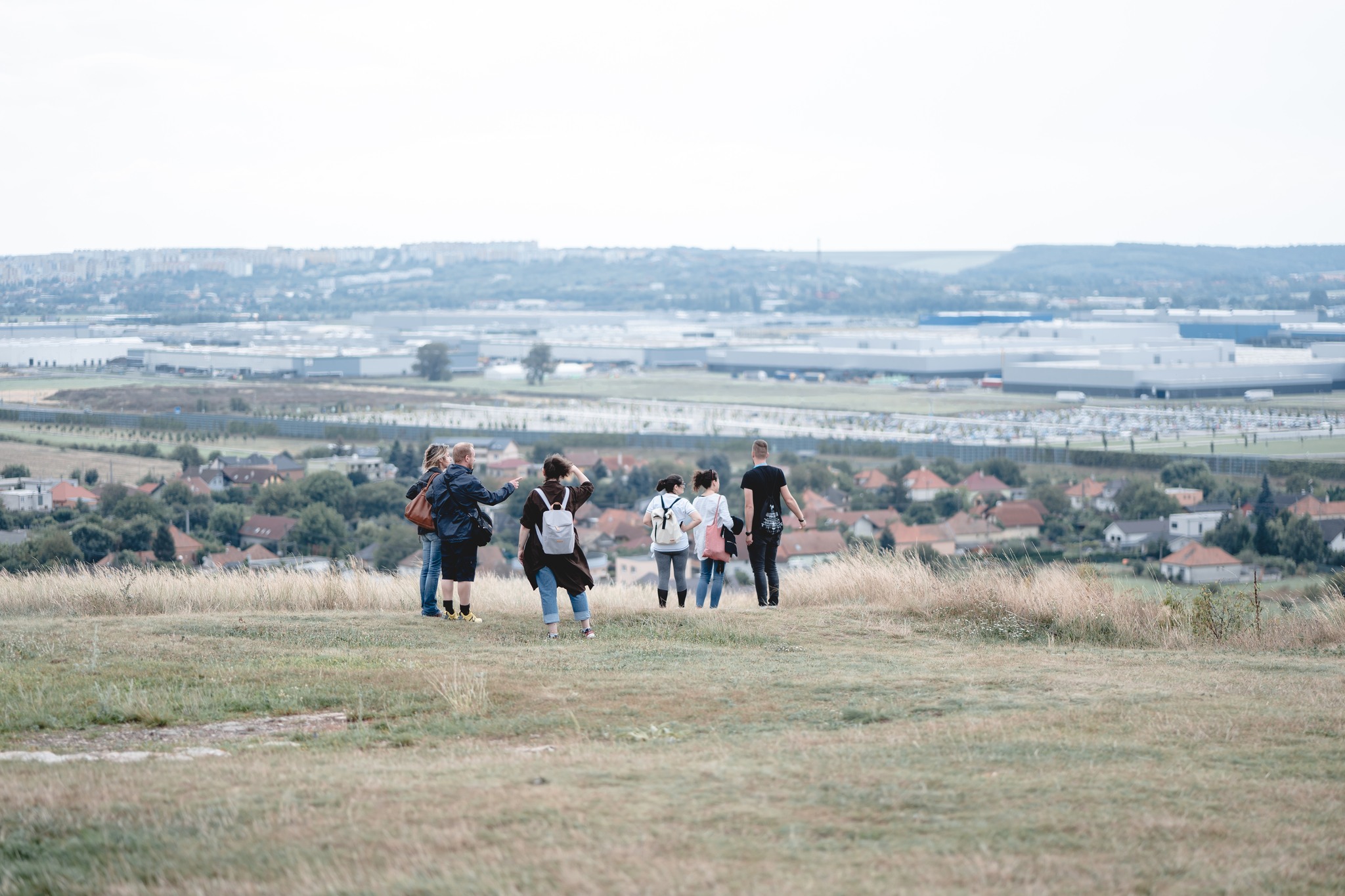
Koľaj 22 – Poprad
Koľaj 22 is an underground cultural centre located next to the railway tracks of Poprad’s main station, in a former carpentry workshop. Over the past years, it has been regenerated by a collective of young people into a safe and open space for … Read more

Le Garage Moderne
Le Garage Moderne is an old factory building of the 19th century situated in the heart of the Bacalan neighbourhood, former industrial and port area of Bordeaux now under drastic regeneration process into residence and cultural production. GM started as a citizen initiative, where people could repair their cars but consequently developed into a vibrant social center providing support for disadvantaged people, space for cultural production and community organising.

ĀGENSKALNS MARKET -RIGA
The Āgenskalns Market is case of regeneration of an old market structure in Riga done through a Private Public People Partnership. The building has been leased to a local company active in the neighbourhood, and the INHABIT Horizon 2020 provided additional resources to expand the social dimension of the project. Tesserae has trained the Local Community Activators and supported the participatory aspects and the engagement of stakeholders.

DRAŽOVCE – NITRA
Nitra, Slovakia’s sixth-largest city, is home to 78,353 residents (2020), including migrant workers from Ukraine, Romania, Bulgaria, Serbia, and other Balkan countries, as well as a significant Roma community. While the economic base of the city is predominantly industrial, its surrounding areas maintain … Read more

Cecco Rivolta
This collective house in Via Dazzi, Firenze, on the slopes up to Rifredi, is a historical experience of a student squat that has been essential for various Florentine urban movement initiatives.

DRAGONER AREAL
Dragoner Areal is a key area in the heart of Kreuzberg, the nucleus of a Regeneration area (Sanierungsgebiet Rathausblock) that was planned to be sold to private investors and has been the object of a mobilisation of citizens against the privatisation.

Die Lause
The former glass factory located in Lausitzer Straße 10/11 in Berlin-Kreutzberg is a domestic community that best embodies the prototype of the so-called “Berlin mix”, whereby available spaces are equally distributed to allow for both their residential and commercial use.

Cuvrybrache
A wasteland along the Spree river, that soon became a place of refuge for those with no place in society. Evacuated from its informal inhabitants, the area has undergone restructuring to host a complex of luxury buildings.







